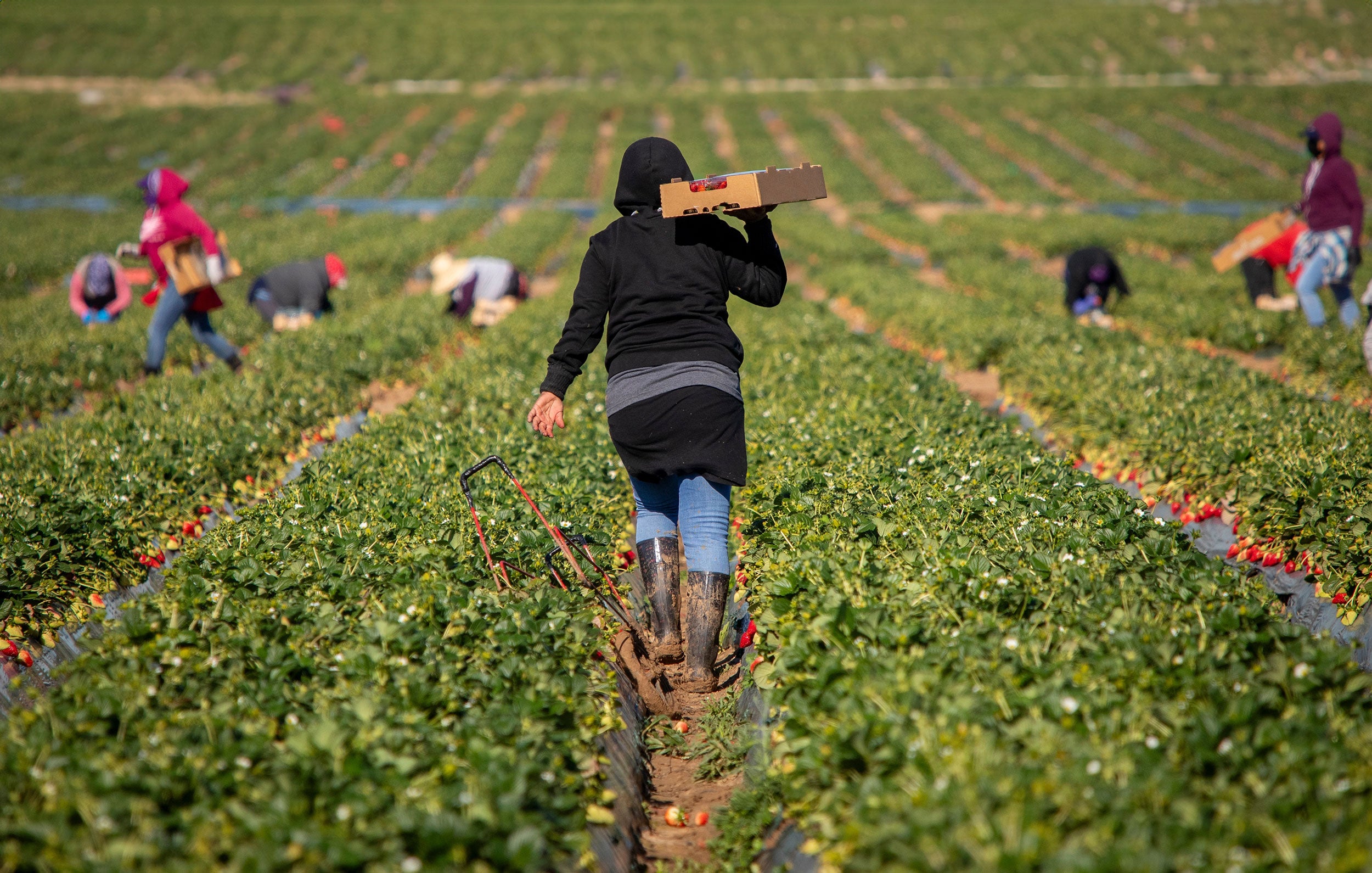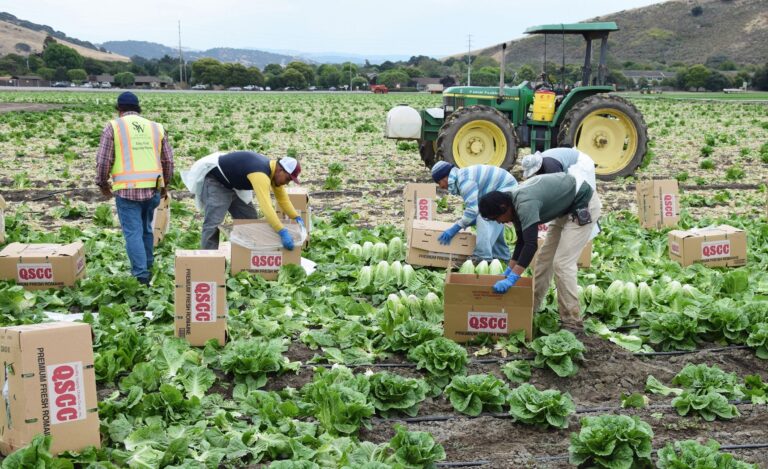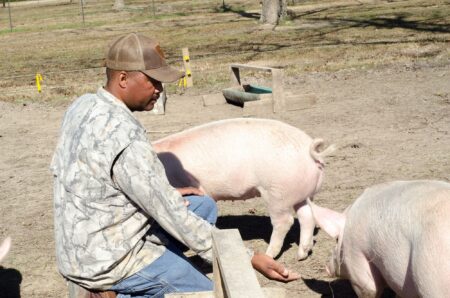The start of every growing season brings a familiar challenge for American farmers, finding enough workers to get the job done. It’s no secret that agriculture is one of the toughest industries when it comes to labor shortages.
As fewer domestic workers take on farm jobs, many operations have turned to the H-2A visa program, a federal initiative allowing farms to hire seasonal migrant labor. For many in agriculture, this program isn’t just helpful, it’s essential for survival.
Critics of the program often ask: Why don’t farmers just hire American workers?
It’s a fair question, but as Shay Myers, a third-generation onion farmer and agribusiness leader, explains, it’s not that simple.
“I get the question, ‘Why don’t we hire Americans to do these jobs?’ The simple answer is that we can’t get the workers,” Myers said. “How do we make sure we’re not taking jobs from American citizens? We have to run radio ads. We have to run print ads. We have to let Americans know the jobs we have available because we have to make sure the folks we bring from Mexico aren’t taking American jobs. …
“But you know what? No American ever calls, no American ever shows up.”

This reality plays out across the country.
Despite advertising, outreach, and recruitment efforts, farms struggle to find enough U.S. workers willing to take on the physically demanding, seasonal nature of farm labor.
Without enough hands in the field, crops go unharvested, financial losses stack up, and the entire food supply chain suffers.
A common misconception is that hiring H-2A workers is a way for farmers to cut costs.
In reality, it costs significantly more to use this program.
“When we bring H-2A workers, it actually costs us more — probably 20 to 25 percent more,” Myers said.
“It’s a penalty that we have to pay — they call it AEWR, the Adverse Effect Wage Rate. This AEWR means we have to pay a 20 percent tariff or penalty for bringing people from outside of the country,” he explained. “So if you see a company using H-2A workers, just know that they’re paying a penalty for doing so. …
“They would be more than happy to have American workers if we could get them.”
Beyond higher wages, farmers who hire H-2A workers are required to provide housing, bedding, kitchens, transportation to and from work, and even weekend trips to town for grocery shopping or laundry.
These added expenses quickly add up, making the program an expensive, but necessary, solution.
Despite the extra costs, farmers turn to H-2A workers because they provide a legal, experienced, and dependable workforce. Many workers return to the same farms year after year, learning the processes and increasing efficiency.
Hiring through H-2A means staying compliant with labor laws while avoiding the risks of undocumented employment. It also ensures that crops get harvested on time, preventing financial losses and food waste.


One of the biggest concerns about the H-2A program isn’t just the cost — it’s the reliance on federal oversight. Myers warns of the risks. “One of the things I don’t like is the fact that this program is entirely dependent on the government,” he said. “Relying on the federal government for workers is scary.”
Delays in processing applications, shifting regulations, and bureaucratic red tape can throw a wrench into a farm’s labor plans. In an industry where timing is everything, any holdup in getting workers can mean a disastrous season for farmers. Farmers aren’t looking for a handout. They’re looking for solutions.
The H-2A program, while far from perfect, keeps American farms running by providing a reliable workforce when local labor simply isn’t available.
As Myers put it, “We are extremely grateful for the men and women who are willing to come and do the work here on the farm. We can’t do this without them, and we can’t do this with the people in our local communities because when we ask, they don’t come.”
At the end of the day, H-2A isn’t just about helping farms, it’s about protecting America’s food supply, economy, and agricultural future.
David Salazar served as the 2024 American Farmland Trust Agriculture Communications Intern at AGDAILY, with a focus on helping to amplify diversity and minority voices in agriculture. David is originally from King City, California, and attended the University of California, Fresno, as a first-generation college student. He received a bachelor’s degree in viticulture and enology and has worked in California’s premier wine producing regions.


:max_bytes(150000):strip_icc()/6895915516_c5d91051e4_o-dcfd56ad94744fe7a21a73a4193bf43a.jpg)
:max_bytes(150000):strip_icc()/BloombergContributor-2213407471-950399016ccb4e73ab5886ad1d623b2e.jpg)









